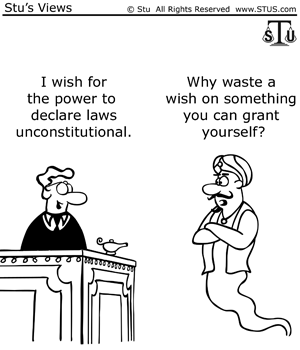
Marbury vs. Madison |
|
case decided in 1803 by the U.S. Supreme Court. William Marbury had been commissioned justice of the peace in the District of Columbia by President John Adams in the “midnight appointments” at the very end of his administration. The decision established the doctrine of judicial review, which recognizes the authority of courts to declare statutes unconstitutional |
| |
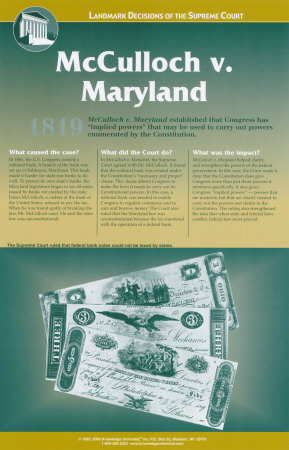
McCulloch v. Maryland |
|
was a landmark decision by the Supreme Court of the United States. The state of Maryland had attempted to impede operation of a branch of the Second Bank of the United States by imposing a tax on all notes of banks not chartered in Maryland. |
| |

Gibbons v. Ogden |
|
was a case in which the Supreme Court of the United States held that the power to regulate interstate commerce was granted to Congress by the Commerce Clause of the United States Constitution. |
| |
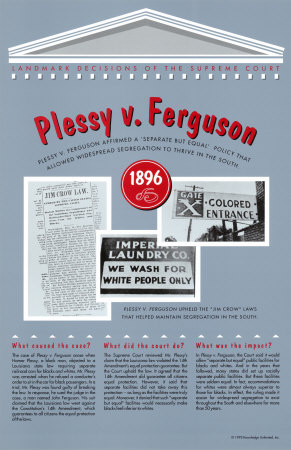
Plessy V. Ferguson |
|
), the U.S. Supreme Court decided that a Louisiana law mandating separate but equal accommodations for blacks and whites on intrastate railroads was constitutional. This decision provided the legal foundation to justify many other actions by state and local governments to socially separate blacks and whites. Plessy v. Ferguson was overturned in 1954 by Brown v. Board of Education. |
| |
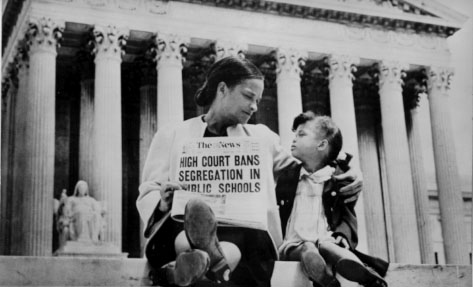
Brown v. Board of Education |
|
was a landmark decision of the United States Supreme Court that declared state laws establishing separate public schools for black and white students and denying black children equal educational opportunities unconstitutional. |
| |
|
Roe V. Wade |
|
was a landmark decision by the United States Supreme Court on the issue of abortion |
| |

Mapp v. Ohio |
|
was a landmark case in criminal procedure, in which the United States Supreme Court decided that evidence obtained in violation of the Fourth Amendment, which protects against "unreasonable searches and seizures," may not be used in criminal prosecutions in state courts, as well as federal courts. |
| |

Miranda v. Arizona |
|
was a landmark 5-4 decision of the United States Supreme Court. The Court held that both inculpatory and exculpatory statements made in response to interrogation by a defendant in police custody will be admissible at trial only if the prosecution can show that the defendant was informed of the right to consult with an attorney before and during questioning and of the right against self-incrimination prior to questioning by police, and that the defendant not only understood these rights, but voluntarily waived them. |
| |
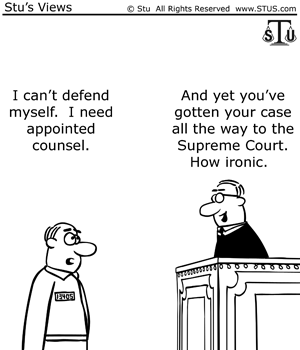
Gideon v. Wainwright |
|
is a landmark case in United States Supreme Court history. In the case, the Supreme Court unanimously ruled that state courts are required under the Sixth Amendment of the Constitution to provide counsel in criminal cases for defendants who are unable to afford their own attorneys |
| |

Tinker v. Des Moines |
|
two kids wear armbands to school to protest agaisnt the war in vietnam |
| |
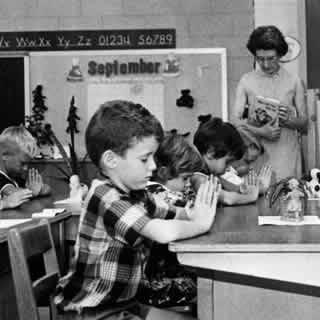
Engel v. Vitale |
|
1962), was a landmark United States Supreme Court case that determined that it is unconstitutional for state officials to compose an official school prayer and require its recitation in public schools. |
| |

Texas v. Johnson |
|
was a landmark decision by the Supreme Court of the United States that invalidated prohibitions on desecrating the American flag in force in 48 of the 50 states. |
| |

Furman v. Georgia |
|
was a United States Supreme Court decision that ruled on the requirement for a degree of consistency in the application of the death penalty. The case led to a de facto moratorium on capital punishment throughout the United States, that came to an end when Gregg v. Georgia was decided in 1976. |
| |
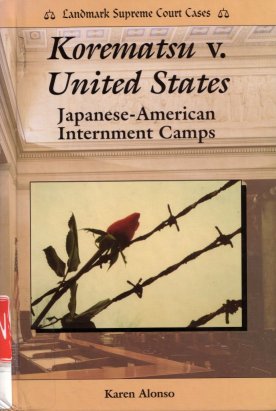
Korematsu v. United States |
|
was a landmark United States Supreme Court case concerning the constitutionality of Executive Order 9066, which ordered Japanese Americans into internment camps during World War II. |
| |
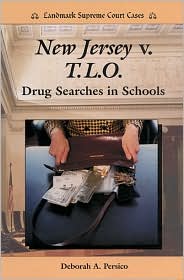
New Jersey v. TLO |
|
(1985) was a case appealed to the Supreme Court of the United States in 1984, involving the search of a high school student for contraband after she was caught smoking. |
| |
